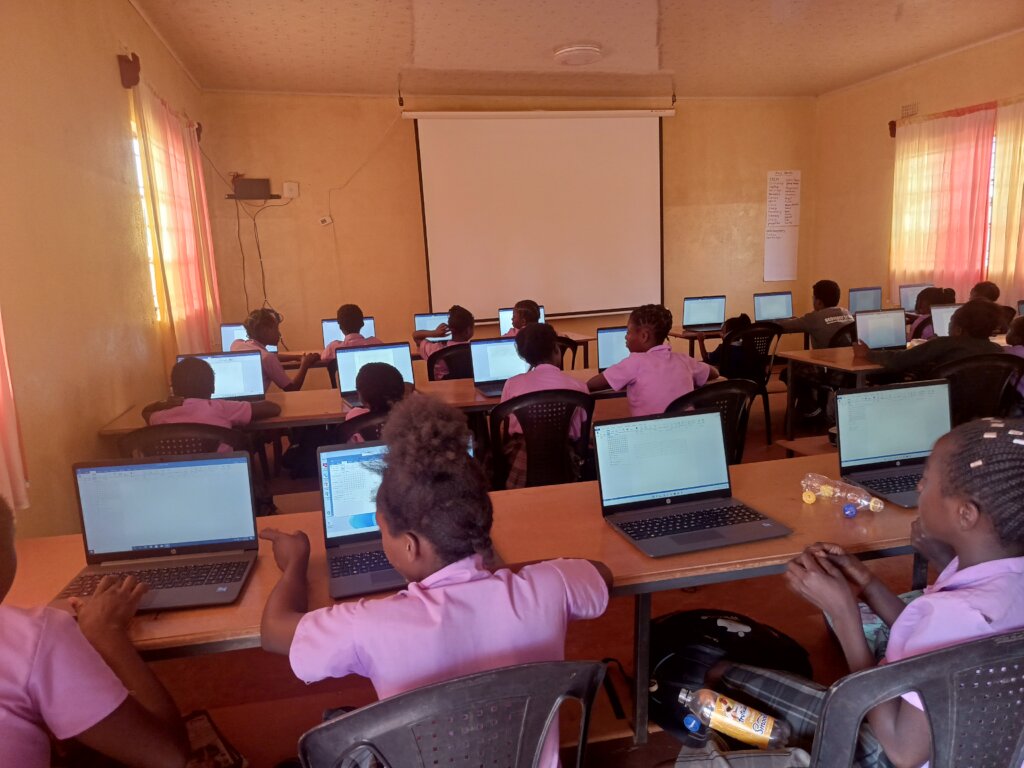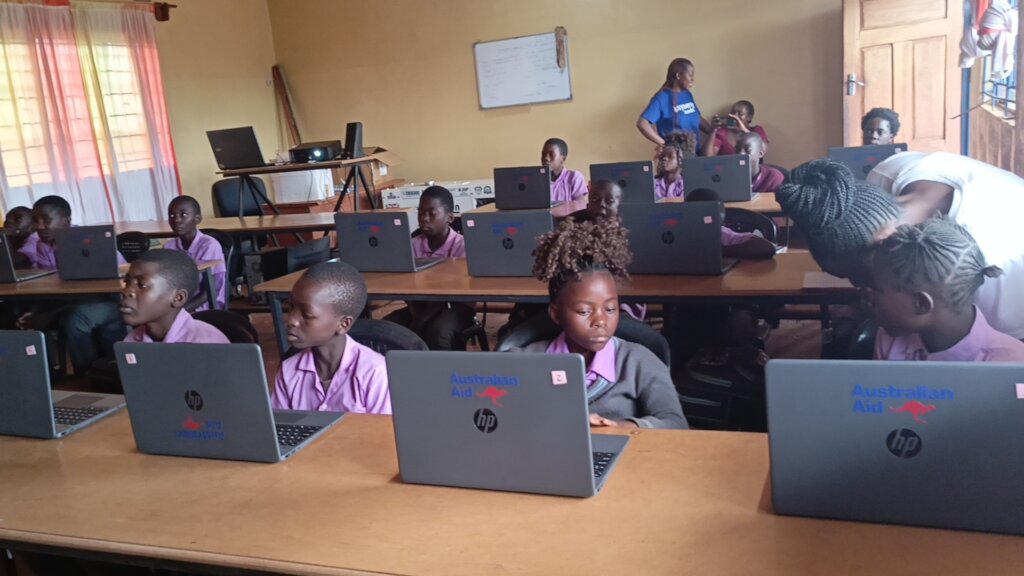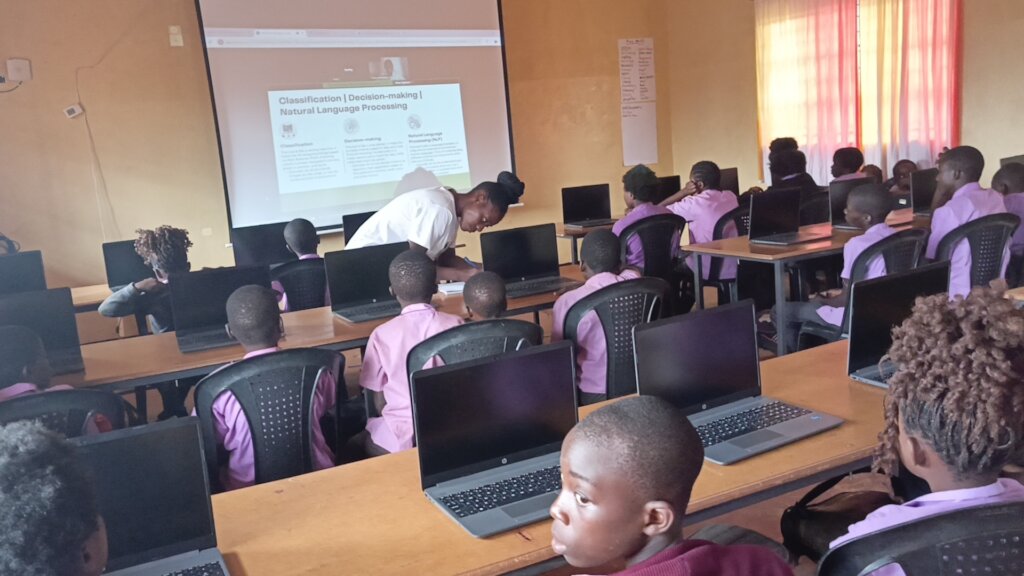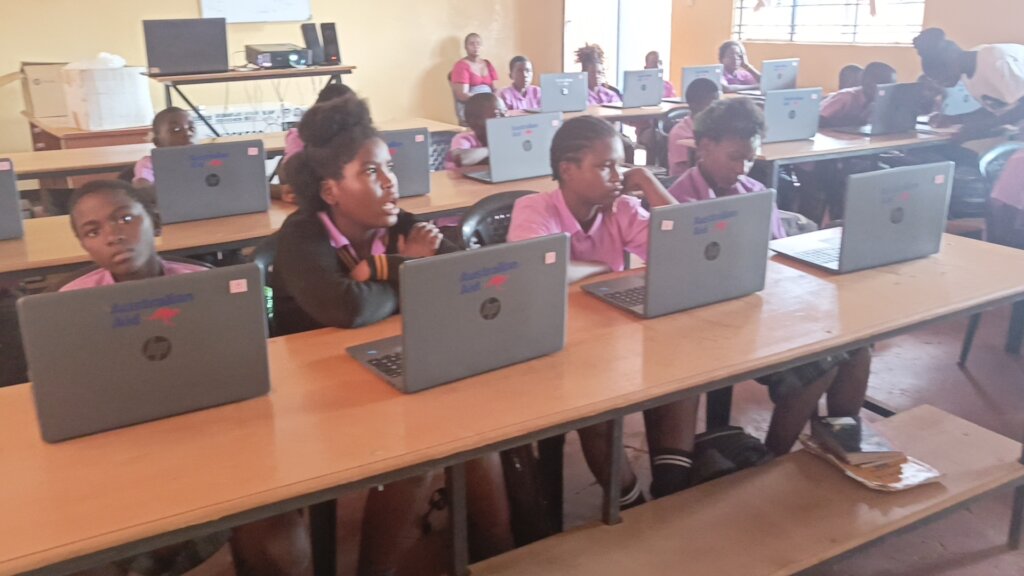By Alex Bwaluka | Executive Director
1. Introduction
The Charity Centre for Children and Youth Development (CCCYD) is implementing the Girls STEM Education Initiative, a program designed to provide Science, Technology, Engineering, and Mathematics (STEM) education to 500 girls in Solwezi District. This initiative aims to equip girls with critical skills in STEM fields, addressing gender disparities in education and career opportunities.
Alongside our primary education support for 200 children, we are committed to offering quality STEM education to both girls and boys to foster inclusivity and equal learning opportunities.
2. Program Implementation
2.1. STEM Training for Girls
Currently, 20 girls are undergoing specialized STEM training. The curriculum focuses on:
Basic computer programming
engineering concepts
Mathematics and problem-solving skills
Science experiments and practical applications
The sessions are interactive, enabling girls to engage in hands-on activities that enhance their technical understanding and critical thinking.
2.2. Mixed STEM Training for Boys and Girls
In addition to the all-girls group, a mixed group of 10 girls and 10 boys is also undergoing STEM training. The mixed-gender approach promotes collaboration, teamwork, and shared learning experiences. The topics covered include:
Introduction to technology and digital skills
Innovation and entrepreneurship in STEM
This training is designed to ensure that both boys and girls have equal exposure to STEM opportunities while fostering an inclusive learning environment.
3. Progress and Achievements
Successfully enrolled 40 students (30 girls and 10 boys) in the first phase of STEM training.
Conducted hands-on training sessions, equipping learners with foundational STEM skills.
Increased interest and confidence in STEM subjects among the participating students.
Strengthened gender-inclusive education by integrating boys into the program while maintaining a strong focus on empowering girls.
4. Challenges
Limited resources such as aboratory equipment and laboratory room which affect the learning process.
Need for a dedicated STEM training facility to accommodate the growing number of students.
5. Future Plans and Recommendations
Expand STEM training to additional girls and boys, ensuring that more students benefit from the program.
Secure additional funding to purchase laboratory tools, and learning materials.
Strengthen partnerships with technology firms and educational institutions for mentorship and resource support.
Develop a dedicated STEM Education Centre to provide a conducive learning environment for students.
6. Conclusion
The Girls STEM Education Initiative is making significant strides in empowering girls through technology and innovation. By equipping them with STEM knowledge, we are bridging the gender gap in science and technology while fostering a culture of learning and discovery.
We extend our gratitude to the Australian Governmen throgh their Embassy in Harare, Zimbabwe t for the initial funding, Tech for Change for the STEM, and GlobalGiving for its support in transforming education for girls and boys in Zambia. We look forward to continued collaboration to expand and enhance this life-changing initiative.
Project reports on GlobalGiving are posted directly to globalgiving.org by Project Leaders as they are completed, generally every 3-4 months. To protect the integrity of these documents, GlobalGiving does not alter them; therefore you may find some language or formatting issues.
If you donate to this project or have donated to this project, you can receive an email when this project posts a report. You can also subscribe for reports without donating.
Support this important cause by creating a personalized fundraising page.
Start a Fundraiser


